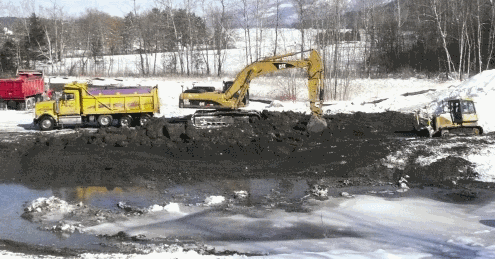Hello,
I’m writing to inform you that the Lake George Coliform Monitoring and Bathing Beach Assessment Program has not been funded for the 2011 season. The original sponsor, the FUND for Lake George, while still supporting the efforts of this program, is unable to fund this program due to other committments. The FUND for Lake George has contributed more than $300,000 in cost sharing for this program over the past 25 years. The LGA has also indicated that while they support the goals of the project, have financial committtments which preclude them from underwriting this effort. We continue to believe that this program provides a valuable service to the Lake George community through assurance of water quality at our public bathing beaches and by instigation of corrective actions when septic or sewer leaks are discovered. I have provided a brief description of the value of this project to the residents and visitors to the Lake George region. I would ask that you encourage some level of water quality testing at the public bathing facilities within your towns or villages and encourage regular inspection and testing of septic or sewer systems serving your community. I would be happy to discuss services that the Darrin Fresh Water Institute could provide.
Lake George Coliform Monitoring Program
Bacterial water quality is evaluated at sites with chronically high levels of coliform bacteria, areas with the potential for drainage related problems (e.g. elevated water tables, poor soils, exposed bedrock etc.), or areas with excessive growth of algae or fungi. Excessive bacterial levels serve as indicators of the presence of animal or human waste, and suggest that potentially disease-causing protozoans, bacteria and other microorganisms may be present in the water. In addition to pathogens, wastewaters contain high levels of phosphorus and nitrogen, the primary agents responsible for declining water quality. The Lake George Coliform Monitoring Program is designed to be a proactive water quality program. Prompt identification and remediation of wastewaters entering Lake George is one of the most efficient ways to protect water quality. Working with local and regional regulatory agencies on a regular basis insures a good working relationship. With semi-monthly distribution of interim reports, the program also serves as an educational tool to remind local authorities and individuals of the importance of proper septic and sewer maintenance. Evaluation of bathing beach water quality provides a reminder that water quality is not guaranteed and proper maintenance and surveillance is critical.
In the last few seasons, the Lake George Coliform Monitoring Program has provided direct support to regulatory agencies in the correction of 2 sewer leaks in the Town of Bolton, correction of one leaking septic system and ongoing investigation of a second in Dresden, capping of a contaminated drainage pipe in Lake George, and correction of a gray water/stormsewer cross connection in Lake George. In addition to direct action, recurring identification of bacterial contaminants and long-term datasets instigated stormwater runoff management in several sub-watersheds; including Prospect Mountain Brook (Sheriffs? Dock Stormsewer), Lake Avenue Beach drainage (Vortechs Stormsewer System), West Brook, and Foster Brook. An improved small community sewer system was installed in Huletts Landing as a result of identification of chronic sewage spills, with additional districts added annually over the past few years.
Thank you for your consideration.
Larry
Lawrence Eichler
Research Scientist
Darrin Fresh Water Institute
5060 Lakeshore Drive
Bolton Landing, NY 12814
Ph (518) 644-3541
Fax (518) 644-3640


 Construction work continues on the south parcel of the West Brook Conservation Initiative project in Lake George. Culverts and rough grading are underway on the site where Charley’s Saloon once stood. The new stormwater treatment complex and environmental park will treat millions of gallons of stormwater each year.
Construction work continues on the south parcel of the West Brook Conservation Initiative project in Lake George. Culverts and rough grading are underway on the site where Charley’s Saloon once stood. The new stormwater treatment complex and environmental park will treat millions of gallons of stormwater each year.

